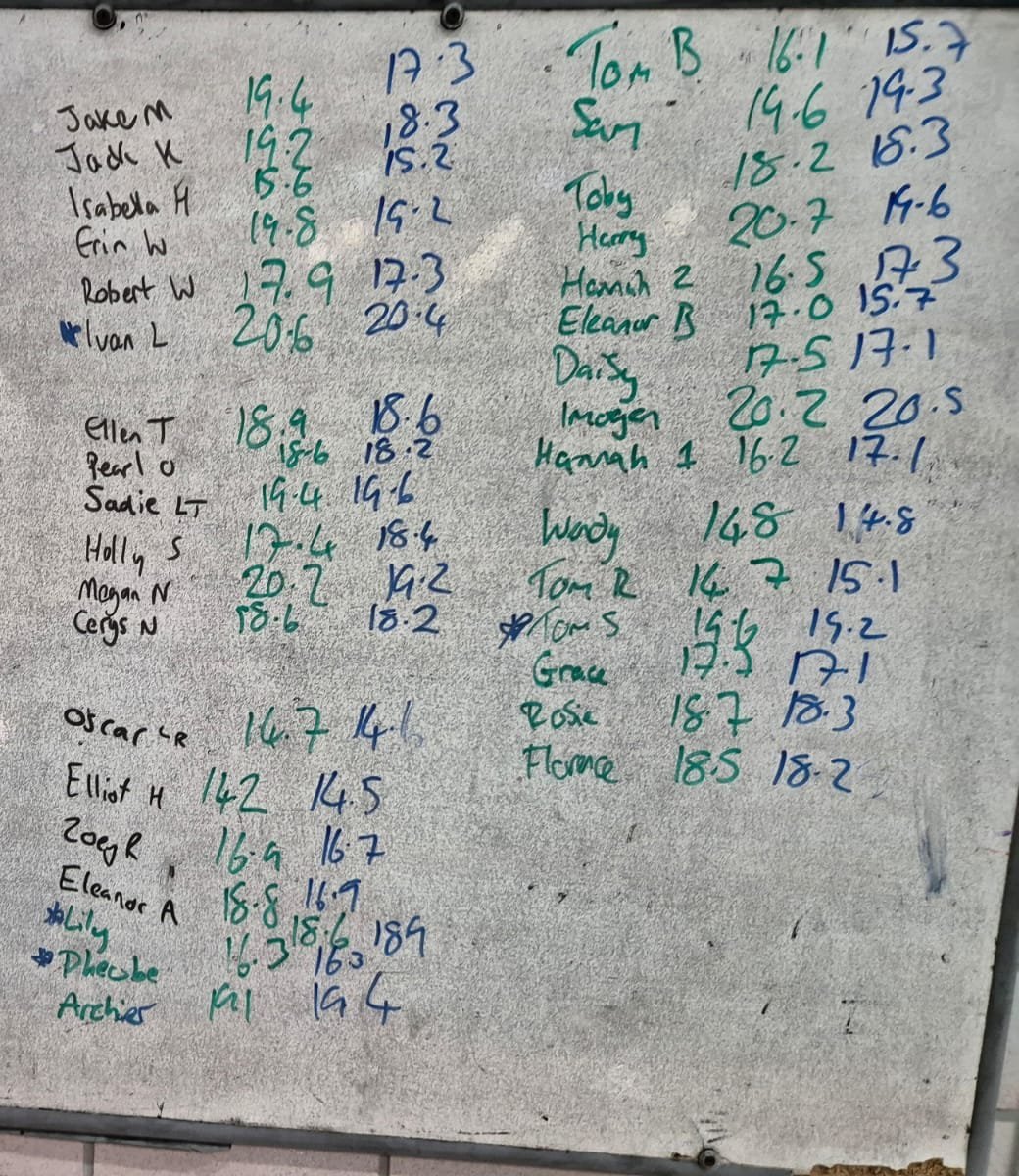FAST Pre-Season Camp
The swimming clubs of Flixton, Altrincham, Stretford, and Trafford are all based in South Manchester. The best swimmers in these clubs train together regularly once per week and do other special events, making up the FAST squad. Stretford head coach, Tom Pope, invited me down to spend the day with 34 of the 40 or so members of the FAST squad at their preseason camp. They’re all starting the new season now so it’s a great time to get a room together to set everyone up together on the right note. The start the season I find is very useful for setting the tone for the rest of the season. You can almost become a different person at the start of the season to who you were three weeks ago at the end of last season.
We started the day with a pool session where we focused on underwater fly kicks, into fly swimming into fly turns: my specialities there. Some of the Altrincham swimmers have worked with me before, when I visited them earlier in the summer- feel free to have a look at that blog post if you’re interested! I make no apology for repeating these skills because I think we can never have the basics drilled into us too often: the basics are there the foundation of our swimming, and we always need to keep them in a position where they are bulletproof. Our fundamental skill in fly kicks is the streamline position and kicking from the chest and shoulders. As I’ve written before swimmers often tend to kick from the knees so vertical kick is my favourite way to demonstrate the effectiveness of this technique. When the swimmers feel the instant feedback of the vertical kick it becomes much easier for them to do during horizontal kicks too.
Moving onto the fly swim we worked on keeping the stroke flatter and driving forwards. It’s very common, especially in non-fly swimmers, for the stroke to undulate too much and the energy to be wasted in other directions. Finally, we finished the morning session with fly turns, where we used my favourite drill of a mid-pool backflip to emphasise the knee drive and speed of the rotation. Due to the large number of swimmers in the group we turned this into a competition to see who could backflip and jump into streamline the fastest. This drill transferred well into fly turns, where the rotation was fast, and the head stayed low.
Unlike the club clinics I’ve delivered in the past we had a classroom session after the first pool session. In this we covered the factors that influence high performance lifestyle. I led this by splitting the swimmers into smaller groups, who then fed back into a whole group discussion. I made notes of what the swimmers were saying on a flipchart at the front, and ensured that the ideas were fully thought out and everyone understood what I was writing and why: rather than it becoming a list of buzzwords that have no practical application. I think the most powerful thing from this exercise was that the suggestions almost all came from the athletes themselves. This reinforces that, even if you’re not sure about something, it’s likely that your teammates will be able to help you. This was overall a really good classroom discussion and I’m looking forward to seeing or hearing about changes the swimmers implement into their regular training in the future.
After lunch we had a land training session. Similar to the Sivill Swim Clinics I delivered in July (you can read about these on my website too!) I started with couple of reaction time drills, which again because of the large number of athletes we turned into a big competition. I followed this by setting up a circuit, which was very diverse, and intense due to there being 17 stations! I believe high intensity circuits like this are so useful early season because the heart rate stays high for the whole time, which builds top end fitness very nicely, complementing the highly skilled work of early season pool sessions.
We finished the day with another pool session. During this I covered what I believe to be the fundamentals of backstroke, breastroke and freestyle. I spoke about how we want to ride high in the water on every stroke, have a long spine, and reduce our resistance. I’ve discovered that breastroke drills with a pull buoy are very effective at teaching the athletes to have a narrower, more snappy kick. If the pull buoy falls out from between the legs, then the athlete has instant feedback that they separated their knees too far, and that they need to stay even narrower.
One of the freestyle drills to force efficiency was a set of 50s reducing both the time and stroke count. Not only does this demand the swimmers to have a fast and efficient stroke but it also encourages fast underwater fly kicks- perfect!
I also had the swimmers do a 25 MAX underwater from a dive in the morning, and then again at the end of the afternoon session. The results can be seen here. Pleasingly, despite how long and intense the day had been 24 out of the 34 swimmers were faster, showing how much they had taken technique-wise from the day. This is very exciting to think about the kind of time drops in races we could see going forwards, if they continue this great application!






